How to avoid root canal

Root canals can be a painful and expensive dental procedure to undergo. However, by taking certain preventive measures, you can
avoid
the need for a
root canal. In this article, we will discuss some key strategies to help you maintain good oral health and prevent tooth decay. By understanding the causes of tooth decay, maintaining proper oral hygiene, eating a tooth-friendly diet, scheduling regular dental check-ups and cleanings, and protecting your teeth from injury, you can significantly reduce the risk of needing a root canal.
Key Takeaways
- Brush and floss your teeth regularly to remove plaque and prevent tooth decay.
- Limit your consumption of sugary foods and drinks, as they can contribute to tooth decay.
- Choose tooth-friendly foods like crunchy fruits and vegetables that help clean your teeth.
- Schedule regular dental check-ups and cleanings to catch any dental issues early.
- Protect your teeth from injury by wearing mouthguards during sports activities and avoiding habits that can damage your teeth.
Understanding the Causes of Tooth Decay
The Role of Plaque in Tooth Decay
Plaque forms on your teeth as a result of consuming sugars and starches and not properly cleaning your teeth. It is a clear sticky film that coats your teeth and can lead to tooth decay. When plaque is not removed through regular brushing and flossing, it can harden into tartar, which can only be removed by a dental professional.
The Impact of Sugar on Tooth Health
Sugar is one of the main culprits when it comes to tooth decay. When we consume sugary foods and drinks, the bacteria in our mouths feed on the sugars and produce acids that attack the enamel of our teeth. This can lead to the formation of cavities and eventually, the need for a root canal.
It's important to limit our intake of sugary foods and drinks to protect our teeth. Opt for healthier alternatives like fresh fruits and vegetables, which not only provide essential nutrients but also help stimulate saliva production, which can neutralize acids in the mouth. Additionally, drinking water after consuming sugary foods can help rinse away the sugars and reduce their harmful effects on our teeth.
Remember, prevention is key when it comes to avoiding root canals. By reducing our sugar intake and practicing good oral hygiene, we can maintain a healthy smile and avoid the need for invasive dental procedures.
The Connection Between Acidic Foods and Tooth Decay
Acidic foods can have a
detrimental effect on tooth health. When consumed in excess, these foods can erode the enamel, which is the protective outer layer of the teeth. This erosion can lead to tooth decay and cavities. It is important to limit the consumption of acidic foods and beverages to maintain optimal oral health. Additionally, it is recommended to rinse the mouth with water after consuming acidic foods to help neutralize the acidity.
Maintaining Proper Oral Hygiene
Brushing Techniques for Effective Plaque Removal
Proper brushing techniques are essential for effective plaque removal and maintaining good oral hygiene. Here are some tips to ensure you are brushing your teeth correctly:
- Use a soft-bristled toothbrush and replace it every three to four months.
- Hold the toothbrush at a 45-degree angle to your gums and brush in gentle, circular motions.
- Brush all surfaces of your teeth, including the front, back, and chewing surfaces.
- Don't forget to brush your tongue to remove bacteria and freshen your breath.
Remember, brushing alone is not enough to prevent tooth decay. It should be complemented with regular flossing and mouthwash use for optimal oral health.
Tip: Avoid brushing your teeth immediately after consuming acidic foods or drinks, as this can weaken the enamel. Wait at least 30 minutes before brushing to allow your saliva to neutralize the acid.
The Importance of Flossing in Preventing Tooth Decay
Flossing is an essential part of maintaining proper oral hygiene. It helps remove plaque and food particles from between the teeth and along the gumline, where a toothbrush cannot reach. By flossing daily, you can significantly reduce the risk of tooth decay and gum disease. In addition to brushing, flossing should be incorporated into your daily oral care routine to ensure optimal dental health.
Using Mouthwash to Enhance Oral Health
Using mouthwash is an effective way to enhance oral health. Mouthwash contains ingredients that can help kill bacteria and freshen breath. It is important to choose a mouthwash that is specifically designed for oral health and has been approved by dental professionals. Using mouthwash after brushing and flossing can provide an extra layer of protection against tooth decay and gum disease.
In addition to killing bacteria, mouthwash can also help reduce plaque buildup and prevent tartar formation. It can reach areas that may be difficult to clean with a toothbrush or floss, providing a more thorough clean. Using mouthwash as part of your daily oral hygiene routine can contribute to healthier teeth and gums.
To use mouthwash effectively, follow these steps:
- Pour the recommended amount of mouthwash into a cup.
- Rinse your mouth with the mouthwash for about 30 seconds.
- Spit out the mouthwash and avoid swallowing it.
- Do not eat or drink anything for at least 30 minutes after using mouthwash.
Remember, mouthwash should not replace brushing and flossing, but rather complement them as part of a comprehensive oral care routine.
Eating a Tooth-Friendly Diet
Choosing Foods that Promote Dental Health
Maintaining a tooth-friendly diet is crucial for preventing tooth decay and promoting overall dental health. By incorporating the right foods into your diet, you can strengthen your teeth and reduce the risk of cavities. Here are some key food choices that can promote dental health:
- Dairy products: Dairy products such as milk, cheese, and yogurt are rich in calcium and phosphates, which help remineralize tooth enamel and strengthen teeth.
- Crunchy fruits and vegetables: Fruits and vegetables like apples, carrots, and celery act as natural toothbrushes, stimulating saliva production and scrubbing away plaque.
- Green tea: Green tea contains compounds that can help reduce inflammation and fight bacteria in the mouth.
Incorporating these foods into your diet can contribute to maintaining a healthy smile. Remember to brush and floss regularly and visit your dentist for routine check-ups and cleanings.
The Benefits of Crunchy Fruits and Vegetables
Crunchy fruits and vegetables not only provide essential nutrients for overall health, but they also offer several benefits for dental health. Chewing on crunchy foods like apples, carrots, and celery can help stimulate saliva production, which plays a crucial role in neutralizing acids and preventing tooth decay. Additionally, the act of chewing these foods can help remove plaque and food particles from the teeth, promoting a cleaner and healthier mouth.
Incorporating crunchy fruits and vegetables into your diet can also help strengthen your teeth and gums. These foods are rich in vitamins and minerals, such as vitamin C and calcium, which are essential for maintaining strong and healthy teeth. Furthermore, the fibrous texture of these foods can act as a natural toothbrush, gently scrubbing away plaque and stains.
To make the most of the benefits of crunchy fruits and vegetables, it is important to consume them in their raw form whenever possible. Cooking or processing these foods can reduce their nutritional value and impact their dental benefits.
Avoiding Sugary and Acidic Snacks
When it comes to maintaining good oral health, it's important to be mindful of the snacks we choose. Opting for snacks that are high in nutrients and low in sugar can help protect our teeth from decay. Fresh fruits, vegetables, nuts, cheese, and yogurt are excellent choices that not only provide essential vitamins and minerals but also promote dental health. It's also important to limit the frequency of snacking, as frequent snacking can increase the risk of tooth decay.
Regular Dental Check-ups and Cleanings
The Importance of Professional Dental Examinations
Regular dental examinations are crucial for maintaining good oral health. During these examinations, your dentist will thoroughly examine your teeth, gums, and mouth to check for any signs of tooth decay, gum disease, or other oral health issues. They will also perform a periodontal examination to assess the health of your gums and check for any potential diseases or bone deterioration. These examinations are important for early detection and prevention of dental problems, as well as for ensuring the overall health and well-being of your teeth and gums.
The Role of Dental Cleanings in Preventing Tooth Decay
Regular dental cleanings play a crucial role in preventing tooth decay and gum disease. Dental plaque, a sticky film of bacteria, can build up on the teeth and gums, leading to the formation of cavities and inflammation. Removing plaque through professional cleanings helps maintain optimal oral health. In addition to plaque removal, dental cleanings also involve scaling and polishing the teeth, which helps to remove stubborn stains and tartar buildup. By keeping the teeth clean and free from plaque and tartar, the risk of tooth decay and gum disease is significantly reduced.
Scheduling Regular Dental Appointments
Regular dental appointments are essential for maintaining good oral health. By scheduling regular check-ups, you can catch any potential dental issues early on and prevent them from becoming more serious. During these appointments, your dentist will thoroughly examine your teeth and gums, looking for signs of decay, gum disease, or other oral health problems. They may also perform professional cleanings to remove plaque and tartar buildup. Additionally, your dentist can provide personalized advice on oral hygiene practices and recommend any necessary treatments or procedures to keep your teeth and gums healthy. Remember, prevention is key, and regular dental appointments play a crucial role in preventing tooth decay and other dental problems.
Protecting Your Teeth from Injury
Wearing Mouthguards during Sports Activities
When participating in sports activities, it is crucial to protect your teeth from potential injuries. One effective way to do this is by wearing mouthguards. Mouthguards act as a cushion, absorbing the impact of any blows or falls to the face and reducing the risk of dental trauma. They are especially important in contact sports such as football, hockey, and boxing.
Mouthguards come in different types, including stock mouthguards, boil-and-bite mouthguards, and custom-made mouthguards. Custom-made mouthguards, which are professionally fitted by a dentist, provide the best fit and protection. It is recommended to choose a mouthguard that is comfortable, properly fitted, and easy to clean.
Remember, wearing a mouthguard can significantly reduce the risk of tooth fractures, tooth loss, and other dental injuries. Make sure to wear one every time you engage in sports activities to safeguard your oral health.
Avoiding Habits that Can Damage Your Teeth
Taking care of your teeth goes beyond just brushing and flossing. It also involves avoiding certain habits that can cause damage to your teeth. Here are some habits you should steer clear of:
Using Protective Measures in High-Risk Situations
In high-risk situations, it is crucial to take necessary precautions to protect your teeth. Here are some important tips to keep in mind:
- Be aware of the potential risks and hazards in your environment.
- Use appropriate protective measures, such as wearing a mouthguard during sports activities.
- Avoid habits that can damage your teeth, such as biting on hard objects or using your teeth as tools.
- Take extra caution in high-risk situations and follow safety guidelines.
Remember, prevention is key when it comes to maintaining good oral health.
Protecting your teeth from injury is crucial for maintaining a healthy smile. Whether you participate in contact sports or simply enjoy recreational activities, it's important to take precautions to prevent dental trauma. At Dr. Chan Dentistry, we understand the importance of dental safety and offer a range of services to help protect your teeth. From custom mouthguards to dental sealants, our team is dedicated to keeping your smile safe. Contact us today to schedule an appointment and learn more about how we can help you protect your teeth from injury.
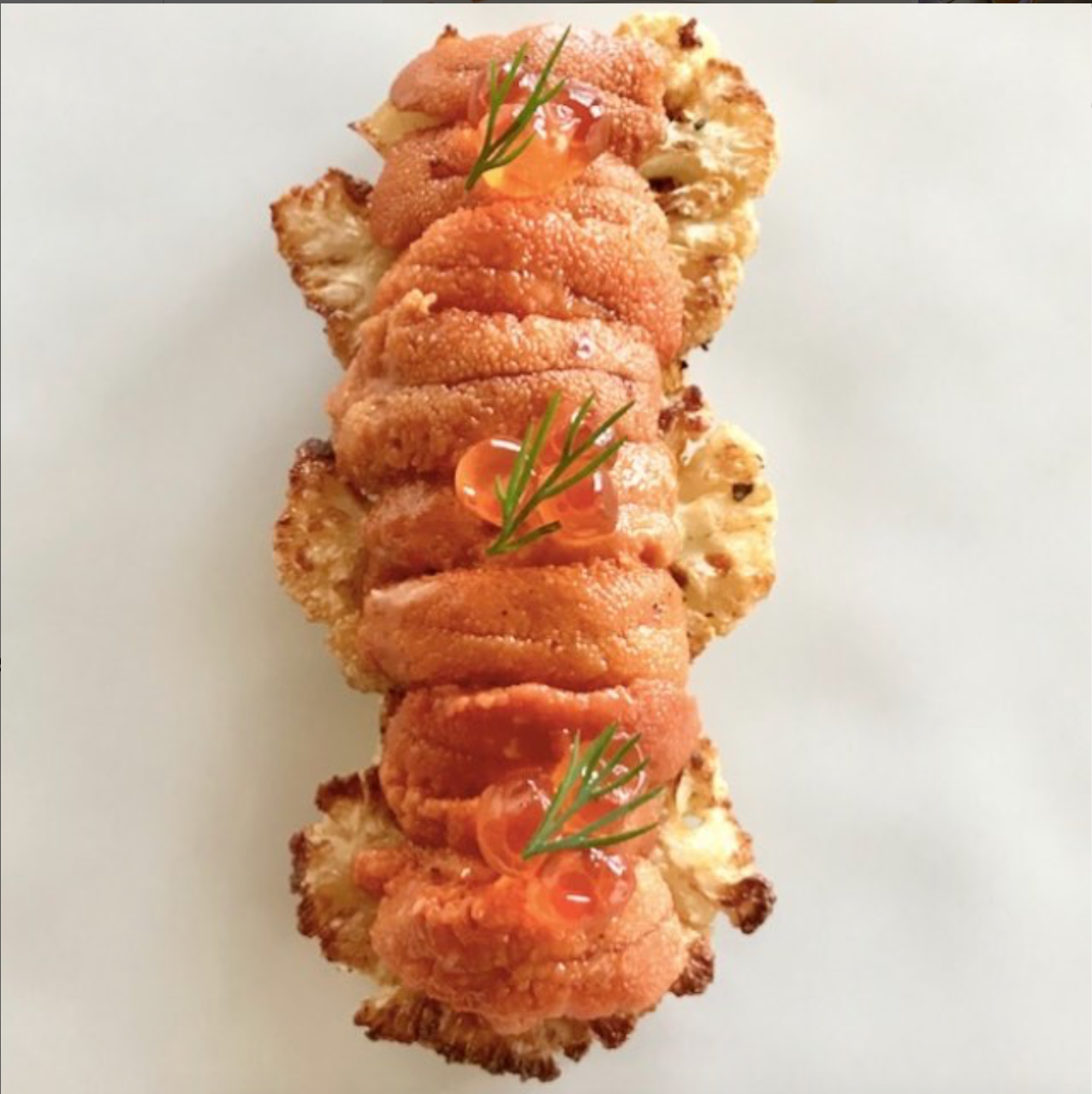
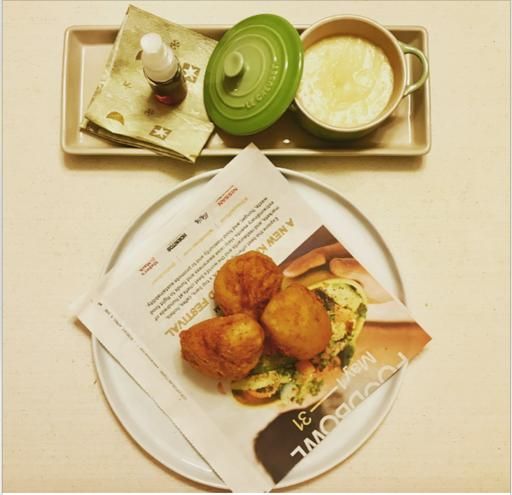
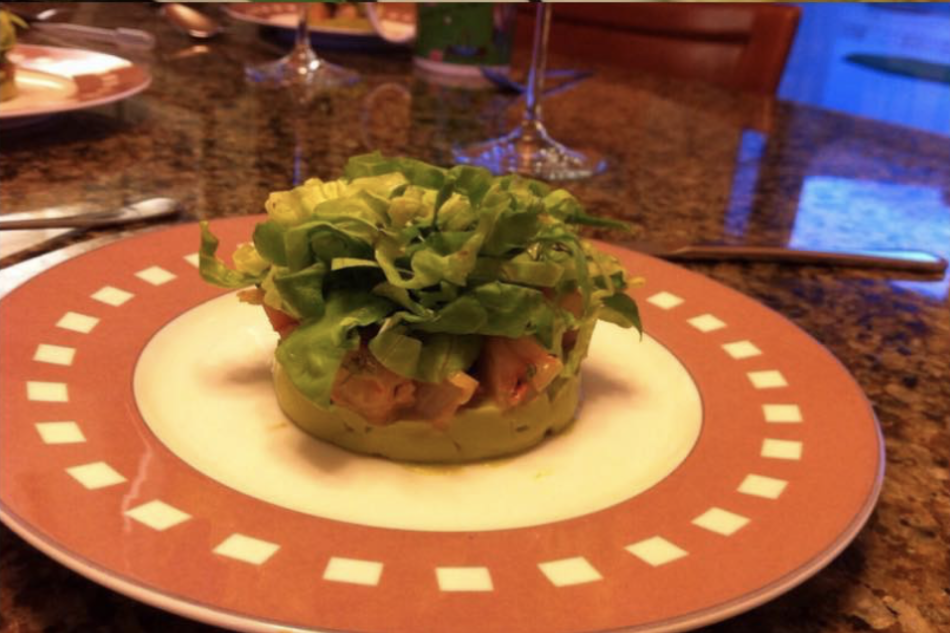
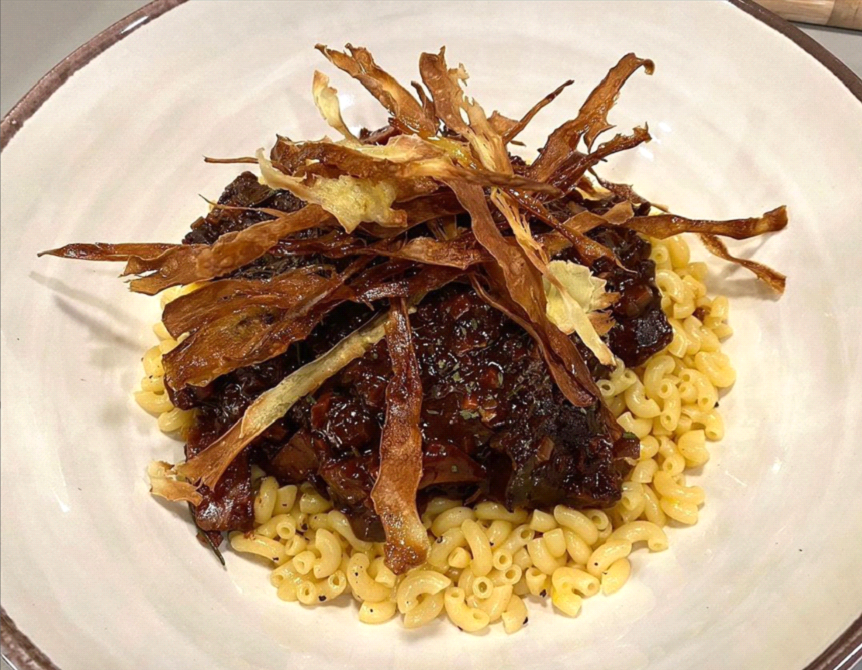
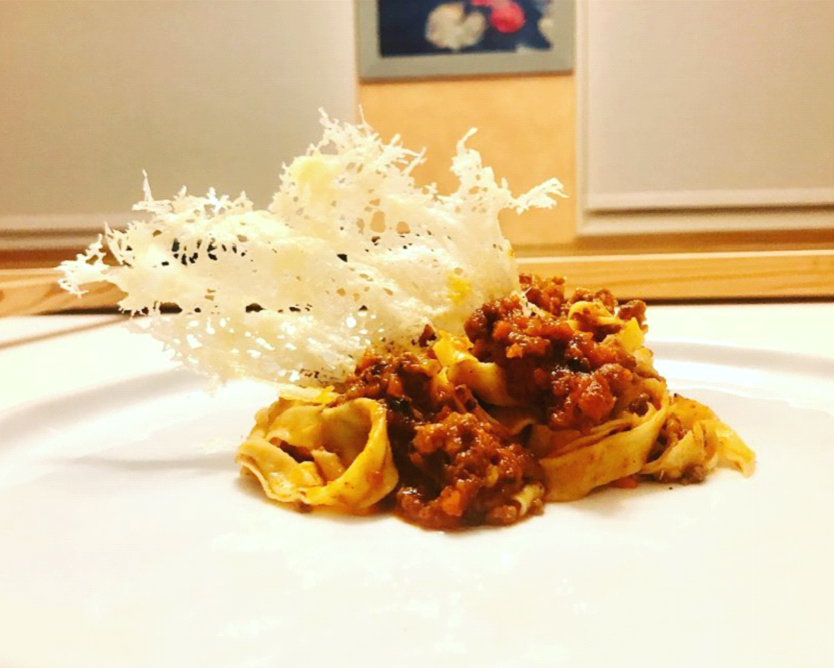
Hours & Address
MONDAY: CLOSED
TUESDAY: 8 AM - 5 PM
WEDNESDAY: 8 AM - 5 PM
THURSDAY: 8 AM - 5 PM
FRIDAY: 8 AM - 3 PM
Navigation Links
All Rights Reserved | DR. CHAN DENTISTRY | SITE MAP | PRIVACY POLICY | TERMS & CONDITIONS


